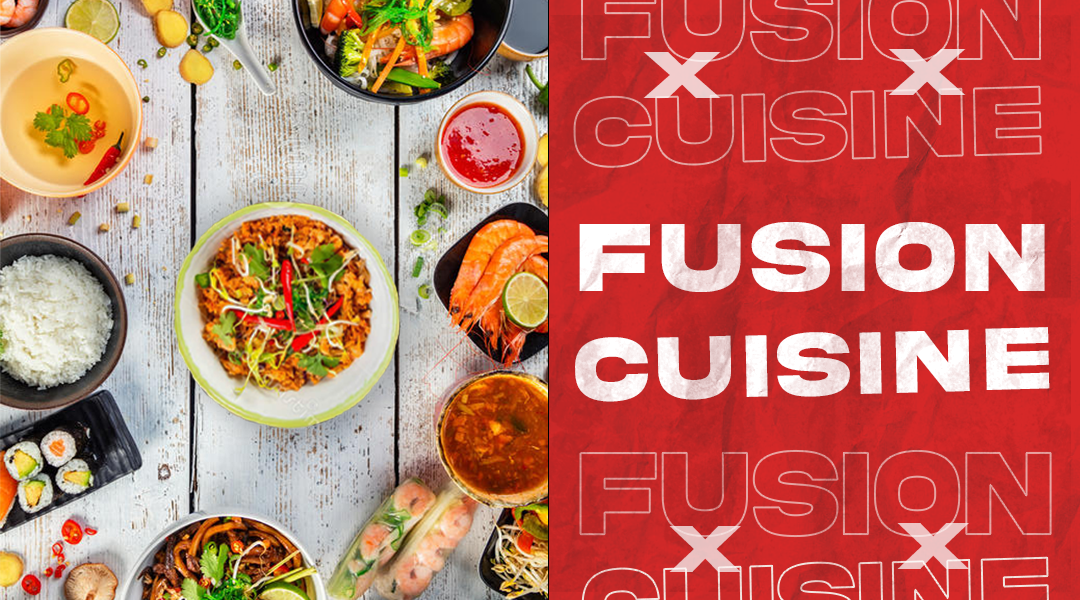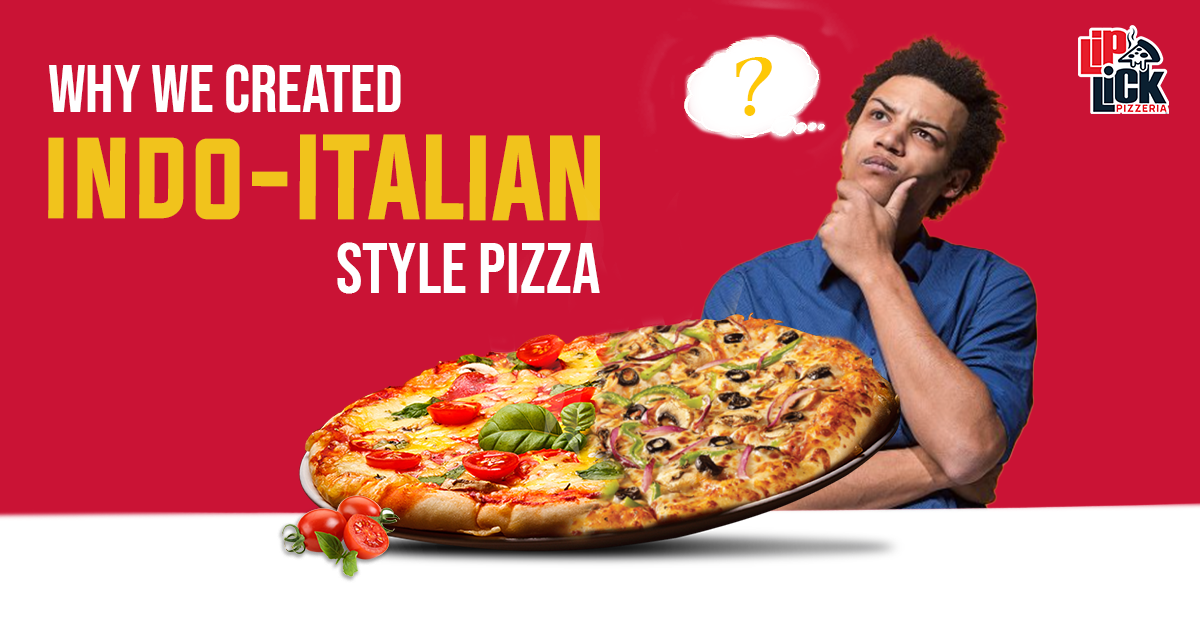Evolution of Indian Cuisine
Indian cuisine has undergone significant changes over time, adapting to the changing cultural, social, and economic landscape of the country. With the growth of the restaurant culture in India, there has been a shift away from traditional dining norms and the emergence of new culinary trends and styles.
Rise of Dhabas and Indo-Chinese Cuisine
One of the most notable developments in Indian cuisine is the popularity of dhabas, which were originally patronized by truck drivers but have now become a staple for urban youth. Another significant change has been the intermingling of Indian and Chinese culinary cultures, resulting in the creation of Indo-Chinese cuisine.
Street Food Goes Mainstream
The street food scene in India has also undergone significant changes, with many street food vendors now operating within large food chains. This has made it easier for people to access a wide range of street food, without having to leave the comfort of their homes.
Food Delivery Apps
With the introduction of mobile-based food delivery applications, it is now possible for people to access a variety of cuisines from the comfort of their own homes. This has further added to the diversity of Indian cuisine, making it more accessible and convenient for people to enjoy.
Indian Cuisine: A Culinary Journey Through Tradition and Innovation
India is known for its rich cultural heritage, and this extends to its cuisine as well. For centuries, Indian food has been shaped by tradition, religion, and regional influences, creating a diverse and flavorful culinary landscape. In recent years, however, a new wave of innovation has been added to this mix, creating a unique and ever-evolving cuisine that is both proud of its roots and open to new ideas.
From Spice Routes to the Modern Kitchen: The History of Indian Cuisine
India has always been a crossroads of different cultures and civilizations, with a rich history of trade and exchange. From the ancient spice routes that connected India to the rest of the world to the Mughal Empire that introduced new cooking techniques and ingredients, Indian cuisine has been constantly evolving.
But it is the role of tradition that has really shaped the flavors of India. Many dishes and cooking techniques have been passed down from generation to generation, preserving the rich cultural heritage of the country. For example, the use of spices such as turmeric, coriander, and cumin can be traced back to ancient times, and are still a central part of Indian cooking today.
The regional diversity of India is also reflected in its cuisine. From the fiery curries of the South to the hearty stews of the North, each region has its own unique traditions and flavors. This diversity is one of the things that make Indian cuisine so rich and varied.
Food and Culture in Modern India: The Rise of Fusion Cuisine
In recent years, Indian cuisine has been undergoing a new wave of innovation, as chefs and cooks experiment with new ingredients and cooking techniques. This has led to the rise of “fusion cuisine,” which combines traditional Indian flavors with ingredients and cooking styles from other countries.
For example, Indian-inspired tacos and pizzas are becoming increasingly popular, as are dishes that incorporate ingredients such as avocado, quinoa, and tofu. This fusion of flavors is a reflection of the changing tastes of modern Indian consumers, who are looking for new and exciting flavors to try.
The rise of fusion cuisine is also a reflection of the globalization of Indian cuisine. Indian food has become increasingly popular in countries around the world, and this has led to the development of new and innovative dishes that incorporate the flavors of India into a more global context.
Conclusion: A Culinary Legacy that Continues to Evolve
Indian cuisine is a rich and complex tapestry of flavors and traditions, shaped by centuries of cultural exchange and innovation. From the ancient spice routes to the fusion kitchens of today, the flavors of India continue to evolve and inspire. Whether you’re looking for a spicy curry or a fresh take on an old classic, there’s something for everyone in the diverse and delicious world of Indian cuisine.
From the vibrant street food scenes in Mumbai and Delhi to the fine dining restaurants of Bangalore and Kolkata, Indian cuisine is a celebration of tradition and innovation, a testament to the rich cultural heritage of the country, and a testament to the creativity and passion of its cooks and chefs. So, whether you’re a seasoned foodie or just starting to explore the world of Indian cuisine, be sure to savor every bite and enjoy the journey.
Know more about : https://blog.liplickpizzeria.com/the-europeans-in-india-and-culinary-arrivals-from-the-new-world/







